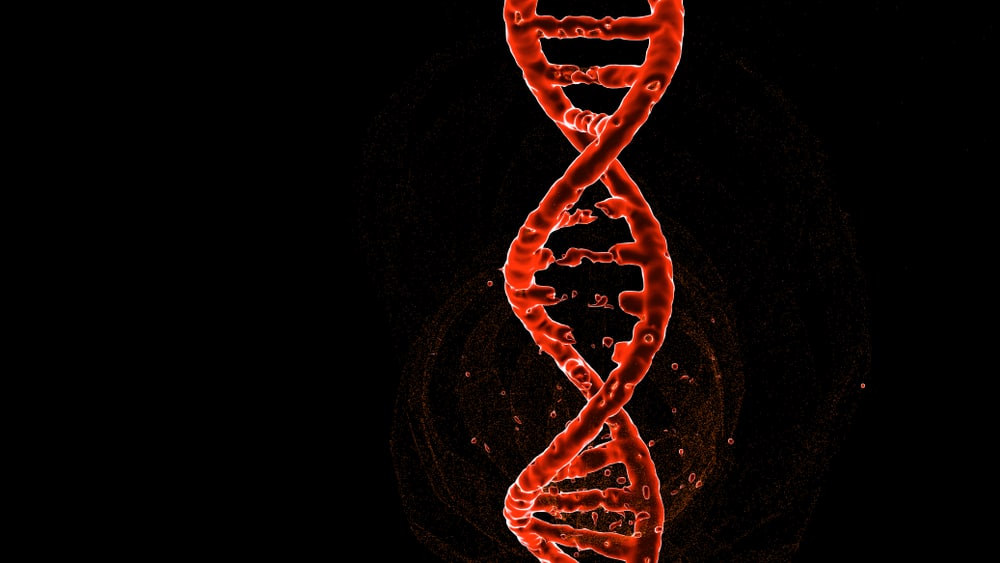You wouldn’t know from looking at it, but this pretty flowering plant is so dangerous it can cause severe burns and even alter your DNA.
New York officials have sounded the alarm about the invasive Giant Hogweed that is taking hold throughout the state, but it is becoming widespread across the nation.
Giant Hogweed can grow to be 10 to 20 feet tall, has spiky leaves and blooms white flowers during the summer, but contains toxins that can cause painful blisters.
The sap also contains a substance that can bind to DNA in the skin’s cells when exposed to ultraviolet, destroying the body’s DNA molecules.
Giant hogweed is one of a very few North American invasive plants that can cause human health impacts as well as ecological damage, causing a significant reaction when humans come in direct contact with the plant.
The first sign of photodermatitis, a skin condition that causes inflammation after exposure to too much ultraviolet (UV), appears as redness in the skin, which can also be itchy.
Within 24 hours, burn-like lesions form, followed by large, fluid filled blisters within 48 hours.
The initial irritation typically disputes within a few days, but the affected areas may feel more sensitive when exposed to UV light.
But those with very sensitive skin may need to be hospitalized after the exposure.
Even after the burns heal, they may leave behind purplish scars that last for years.
Giant Hogweed sap contains toxins that cause Phyto photodermatitis, which means that they heighten the skin’s sensitivity to sunlight.
The skin’s reaction to Giant Hogweed sap can be intensified by heat and sweat, which means it’s most dangerous during the summer.
But the worst damage happens at the microscopic level.
When the toxins get inside skin cells, they can destroy the body’s DNA molecules with help from the sun.
As a result, those skin cells die, which is actually what causes the blistering burns.
Medical experts have noted that people who come in contact with the plant should immediately wash the exposed area with soap and water.
Giant Hogweed is native to the Caucasus Mountains, a mountain range at the intersection of Asia and Europe, and central Asia.
It was first introduced to the US when it was planted in a New York City garden in 1917.
Since then, it’s spread throughout the Northeast, the Great Lakes Region, and in Washington and Oregon.
It’s especially prevalent in New York because local garden centers sold the plant as an adornment during the early 1900s.
Today, Giant Hogweed can be found in all but nine of the state’s 62 counties, with nearly 1,150 active sites – several dozen of which host more than 400 plants each.
And because this plant is such an effective reproducer, it’s extremely difficult to get rid of. A single Giant Hogweed plant can produce up to 100,000 seeds.
The New York Department of Environmental Conservation (DEC) launched a program to eradicate the plants in 2008. As of 2023, they’d completely removed Giant Hogweed from 61 percent of the state’s known sites.
But there are still more than 1,000 sites that still have these toxic invasives.
The DEC encourages anyone who sees or comes into contact with a Giant Hogweed plant to report it to authorities so they can remove it from the area. Whatever you do, do not attempt to remove it yourself.
If you are exposed to Giant Hogweed sap, officials say to avoid contact with eyes, wash it off immediately, avoid sunlight and cover the exposed area. Using sunscreen on the affected area may also help prevent severe burns.










